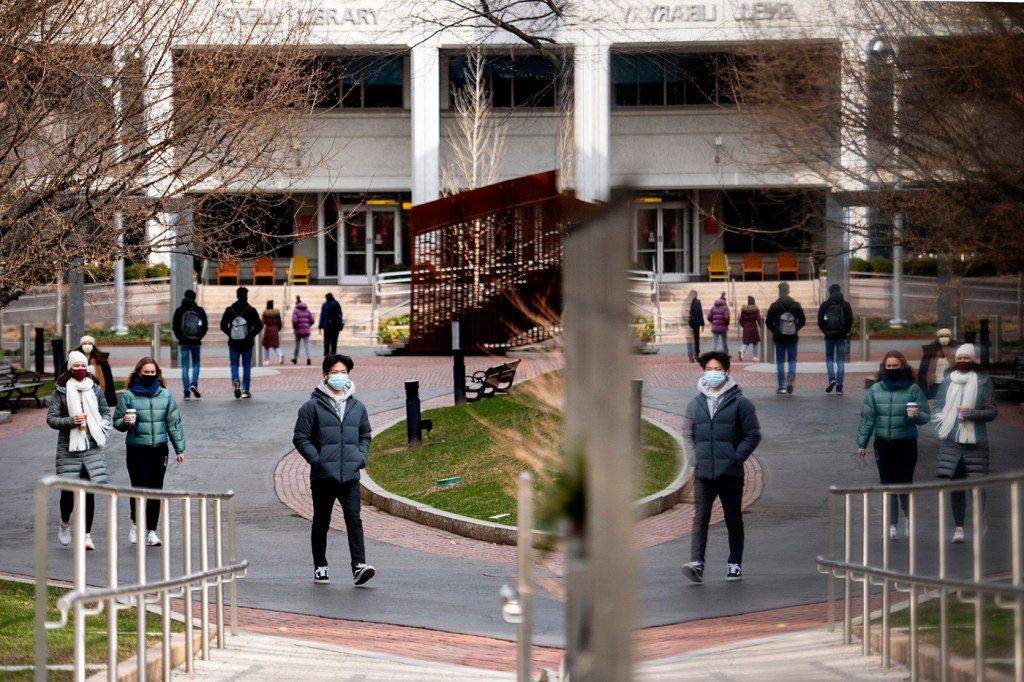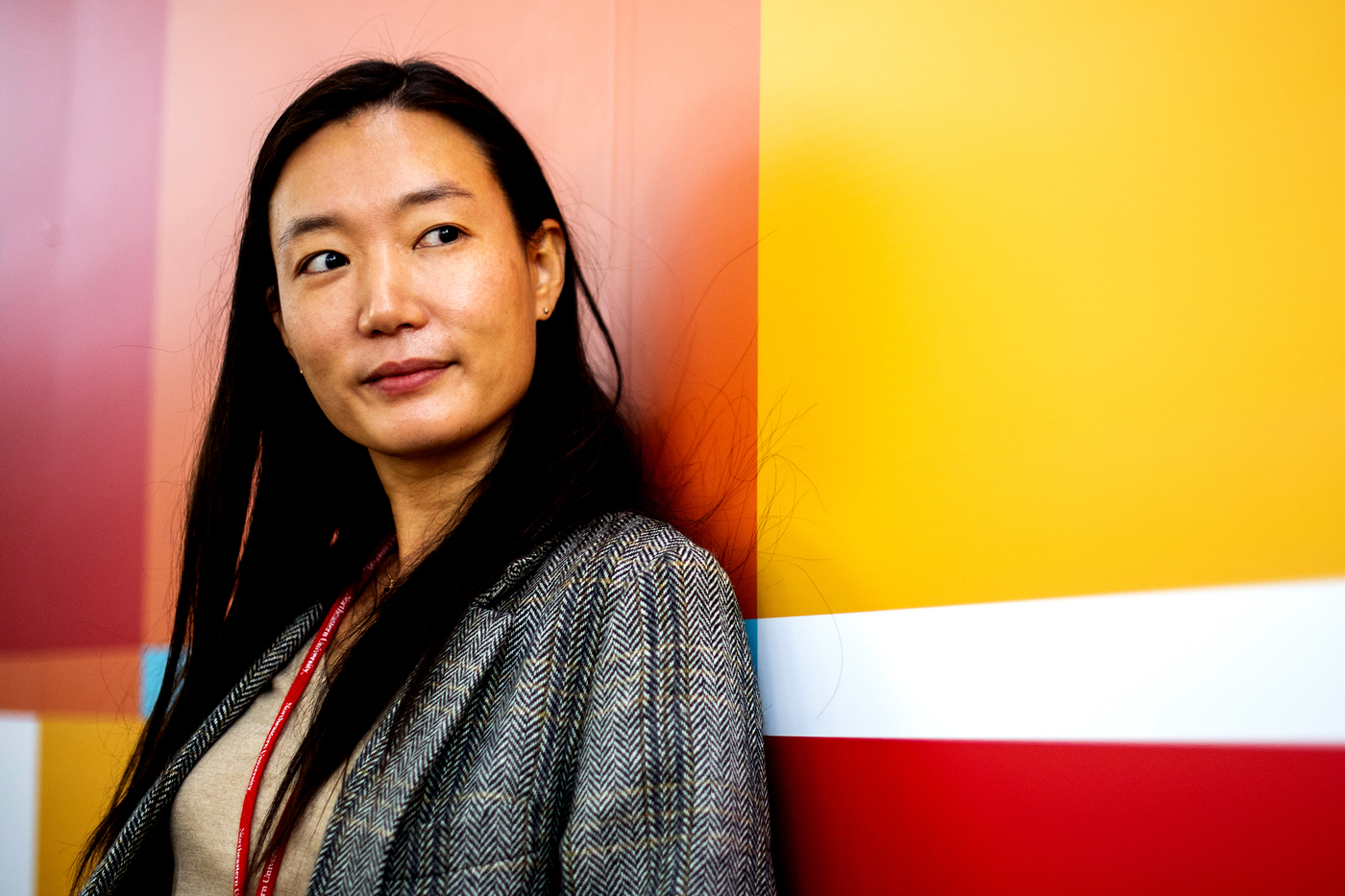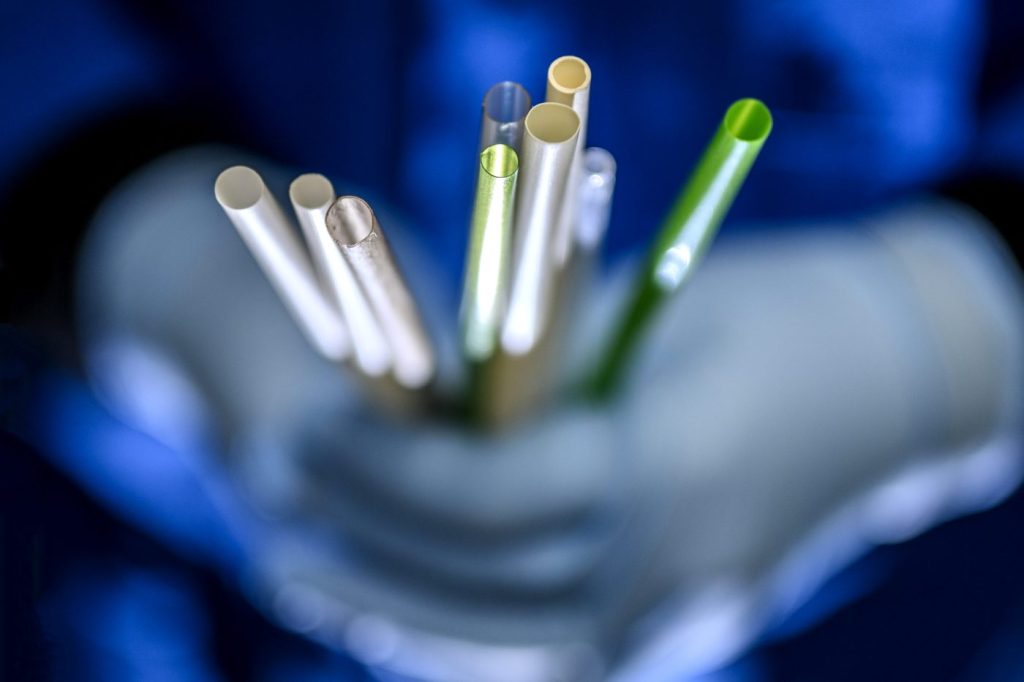Northeastern’s COVID-19 wellness program promotes safety and keeps school in session

Masks are effective. Social gatherings are fueling most campus transmission. And robust contact tracing has dramatically limited the spread of COVID-19 on Northeastern’s Boston campus.

Sehyo Yune, director of the COVID-19 wellness team. Photo by Matthew Modoono/Northeastern University
Those are key insights from six months of data collected by Northeastern’s COVID-19 wellness team, which shows where people are being exposed to the virus, which interventions are preventing transmission, and who is being affected the most by the disease.
“The main takeaway is that transmission happens in our community not because they’re students but because they do things that normal people their age do. Our community follows other community trends,” says Sehyo Yune, director of the wellness team.
Northeastern has completed more than 650,000 tests since August, and currently has a seven-day-average positive infection rate of .18 percent. The majority of positive cases, totaling 1,137 since testing began in August, are students.
Students who live on campus and test positive are immediately moved to on-campus wellness housing to isolate. Off-campus students who test positive have the option to isolate on campus. The university’s contract tracers set to work identifying and reaching out to their close contacts, and giving them guidance on quarantine protocols.
“Living in 2021 in the middle of a pandemic means that you’re going to have to compromise certain parts of your life,” Yune says. “But I don’t see the benefit of compromising academic life. By having them in the system with testing and contact tracing, that protects them and keeps their life going.
As long as we keep this system in place, the university is not a petri dish like people have said before,” says Yune.
Of all COVID-19 interventions enforced by the university, mask wearing is one of the most successful, the data show. The wellness team found that of the individuals identified as an exposed contact, close contact with no mask wearing resulted in infection in 14 percent of exposed contacts, while close contact where all parties wore masks resulted in infection in 4 percent of exposed contacts.
“We’ve been saying this the whole time. Maintaining your distance and wearing your mask are the most important things for staying safe,” says Yune. In further proof of the effectiveness of masks, the data showed that all COVID-19 clusters within the Northeastern community originated from mask-free gatherings. Conversely, masked on-campus activities, including those that involve physical contact such as sports practices or lab sessions, have not resulted in outbreaks.
The data also shows that over 30 percent of positive cases were asymptomatic, suggesting that frequent testing and surveillance have been key to preventing further transmissions. Otherwise, asymptomatic cases may have gone unrecognized.
Of the positive cases the wellness team analyzed, 5 percent came from exposure on campus, 8 percent occurred off campus, 18 percent came from close contact with a friend or family member, and 14 percent came from exposure within a household.
The infection source of the remaining 53 percent of cases is unknown. That’s because contact tracing relies heavily on people’s imperfect memories. “Do you remember what you did 14 days ago?” Yune says.
Another factor that can hinder the contact tracing process is that some students may be hesitant to report potential exposure for fear of repercussions.
But, Yune says, “The wellness team isn’t going to punish students for telling us what they did before we told them to isolate or quarantine. A party you went to before you knew you had to isolate will not be reported, even if you infected ten people there. But you will be reported to OSSCR if you went to a book club after we tell you to quarantine, even if you did not test positive.”
Looking forward to the spring semester, Yune hopes students can understand why truthful reporting, as well as adherence to isolation and quarantine protocols, is so important for keeping the university open.
“Students who test positive have an easier time accepting isolation than students who may have been exposed to a student who is positive,” Yune explains. “Sometimes it’s hard for exposed contacts who are asymptomatic and test negative to understand why they have to quarantine.”
Because of the virus’s incubation period, students can still be infectious even if they produce a negative test. Infected students might not test positive or develop symptoms up to fourteen days after being exposed to the virus, during which time they can still transmit the virus to others.
Even when students test positive, some are reluctant to believe the results, especially if they’re asymptomatic, Yune says.
But the PCR tests used at Northeastern are considered the “gold standard” in the diagnostic realm, says Jared Auclair, who oversees the laboratory at the Life Sciences Testing Center, that provides the results for Northeastern’s coronavirus tests.
“Even for PCR-based testing, we’ve gone above and beyond what a normal diagnostic lab might to do ensure we prevent false negatives,” Auclair says, referring to the riskier scenario in which someone infected with the virus is told that they’re not, and could unknowingly pass it along to others.
The CDC requires laboratories to monitor samples for a single gene from the virus—but Northeastern’s lab tests for three different genes, he says. That means each positive result is confirmed in triplicate. Even then, scientists at the lab analyze each piece of data from a positive sample to verify the accuracy.
“Our tests are better even than other PCR tests you might get elsewhere,” Auclair says.
Molly Callahan contributed to this article.
For media inquiries, please contact Marirose Sartoretto at m.sartoretto@northeastern.edu or 617-373-5718.





